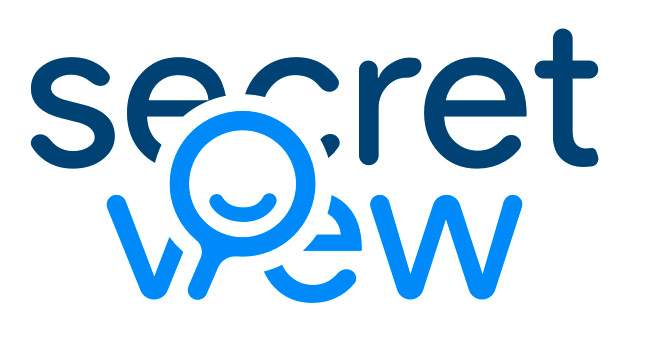PR training for people who care about results

Why choose Pioneer Academy
Expert-led training
No-fluff lessons
Certified courses
Online and on-demand
Affordable
Access tools and support
Step up your PR game
Study stress-free
Train your team
Become certified
Learn from experts
Browse our courses
What our students say

“Helped us land major national coverage!”


